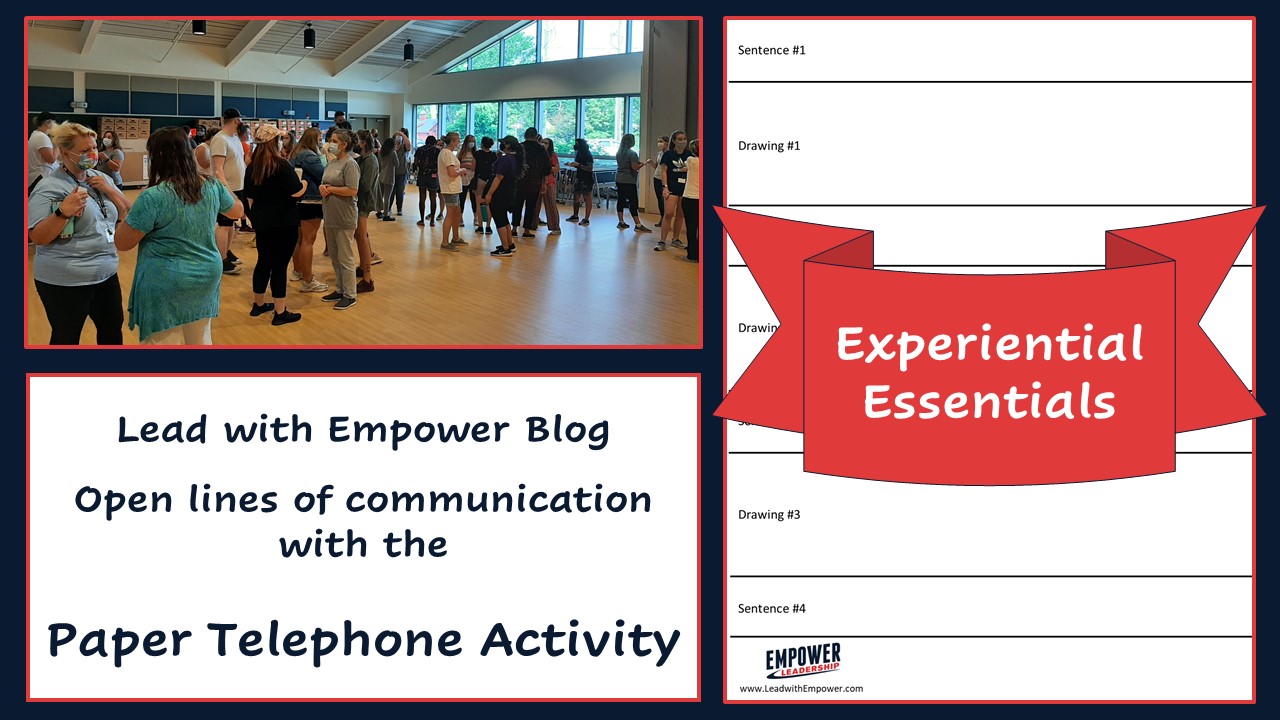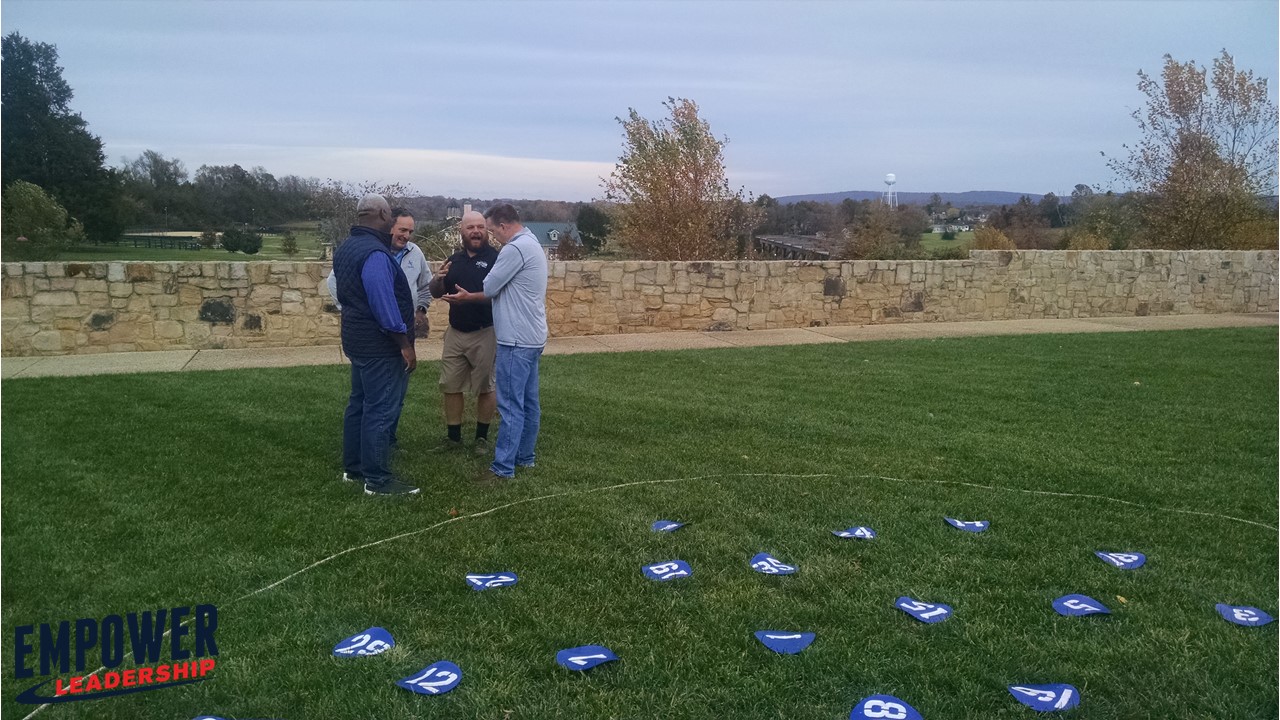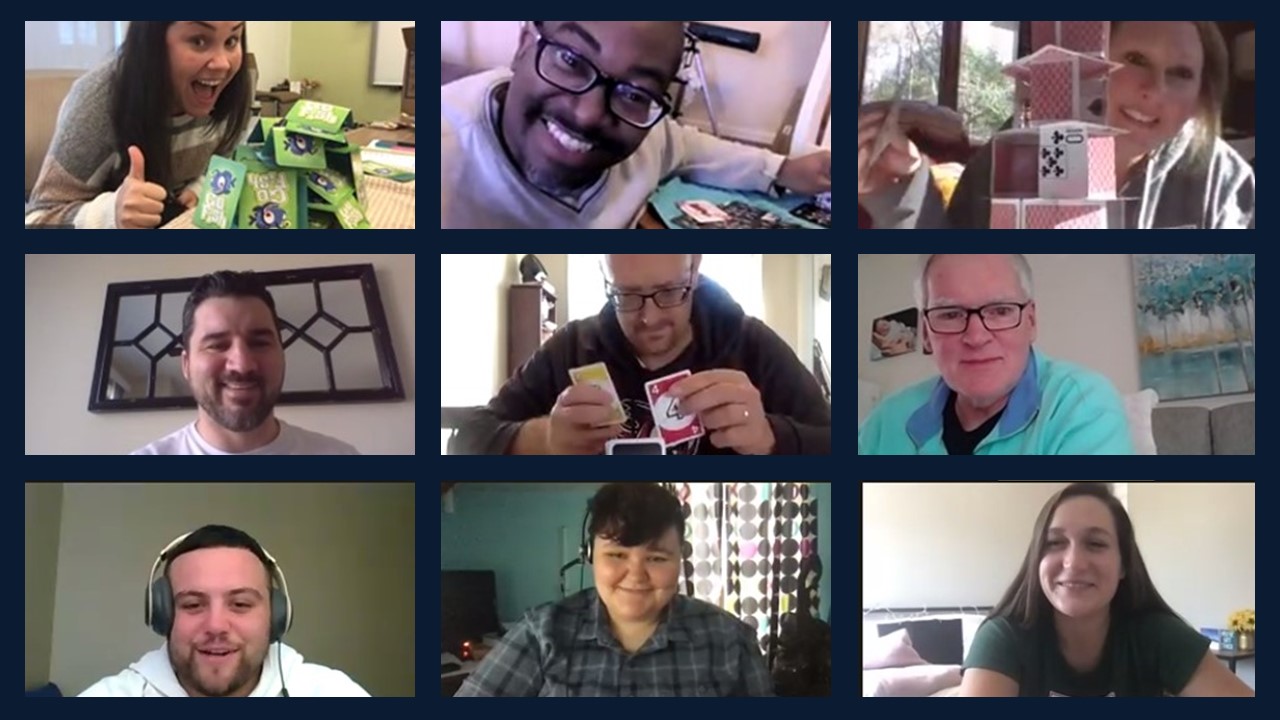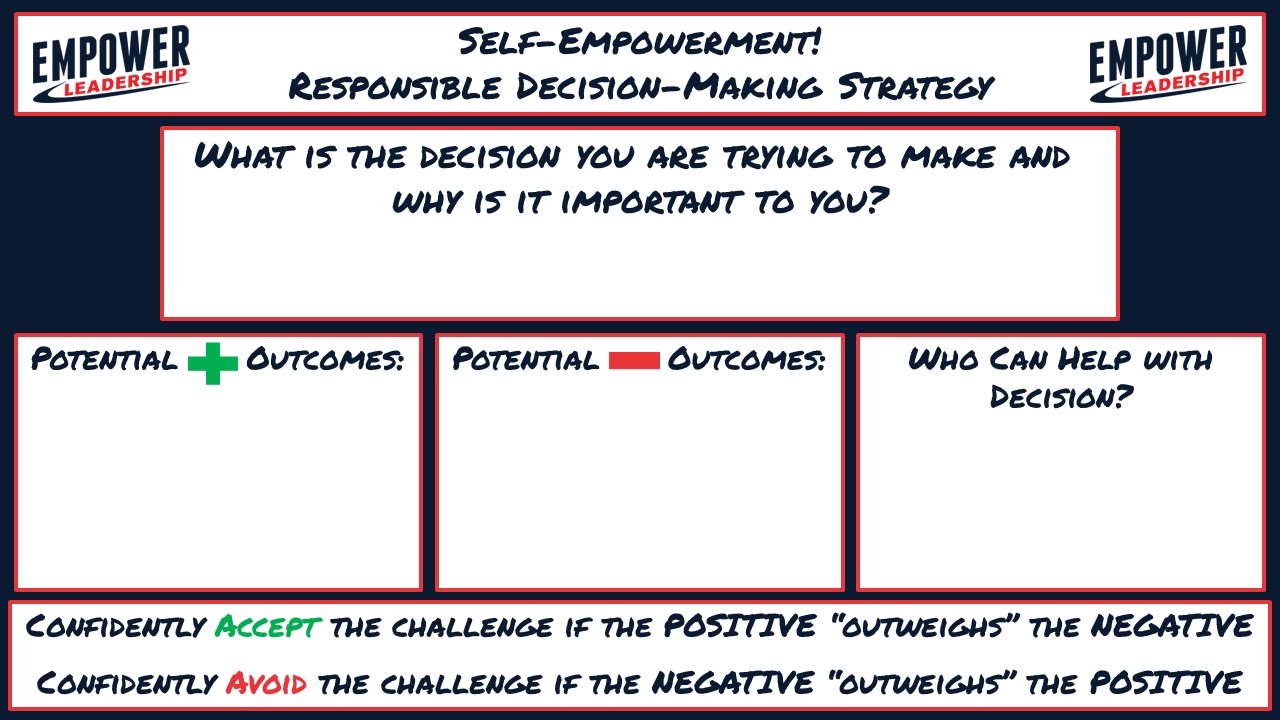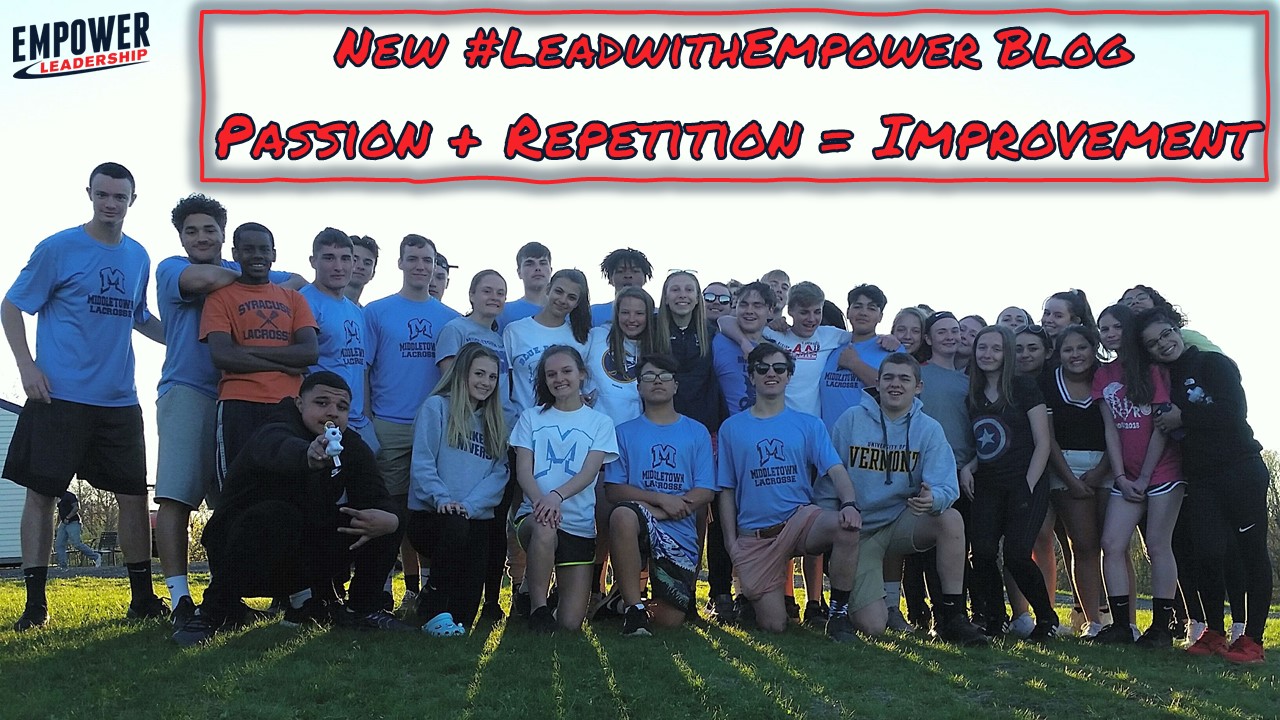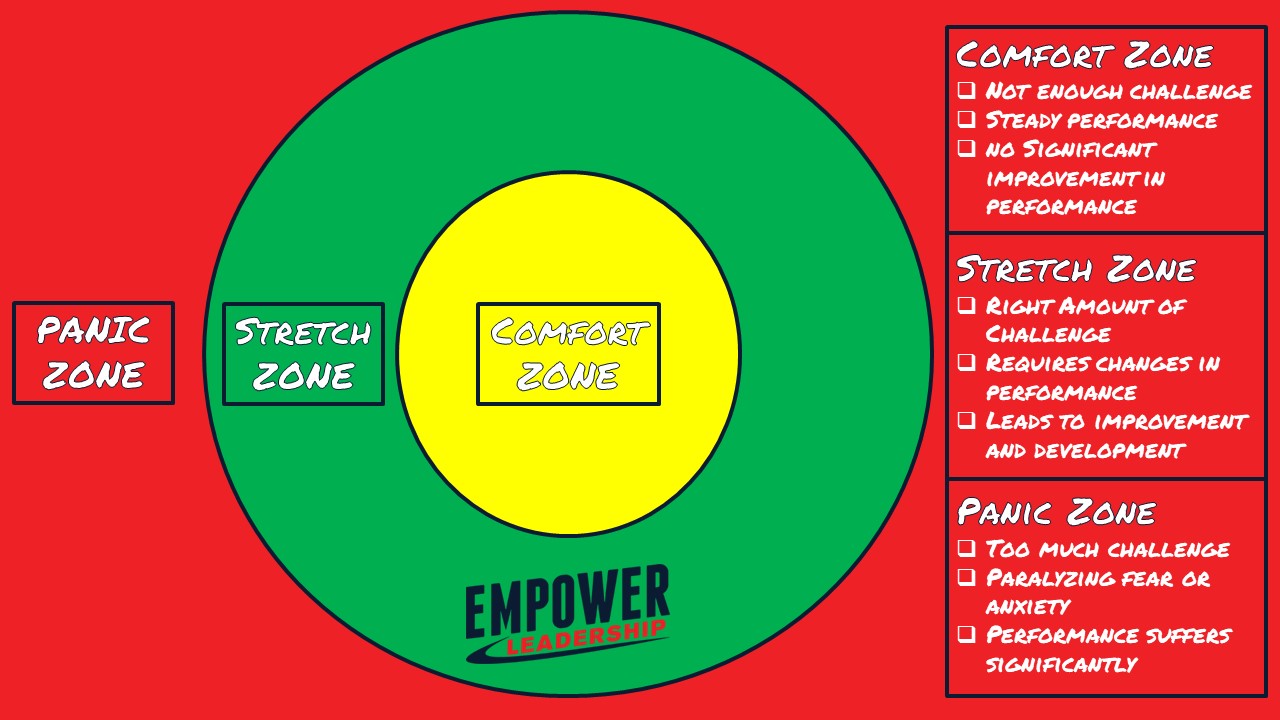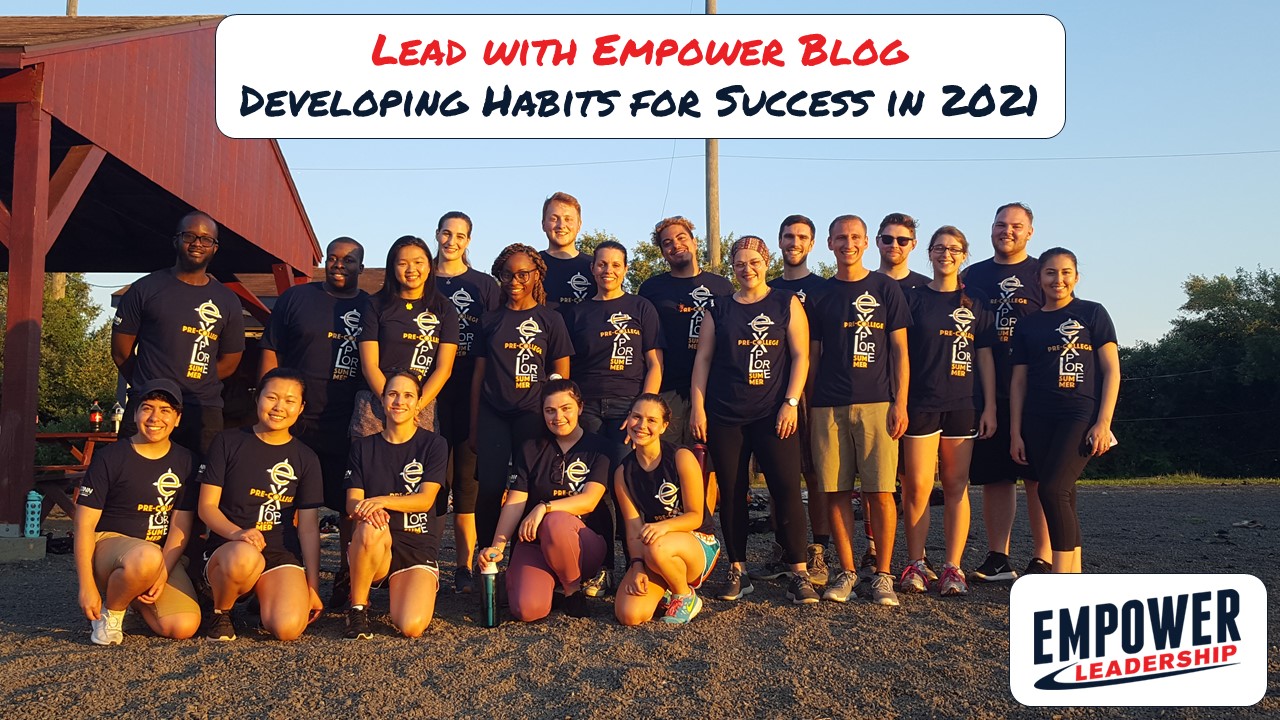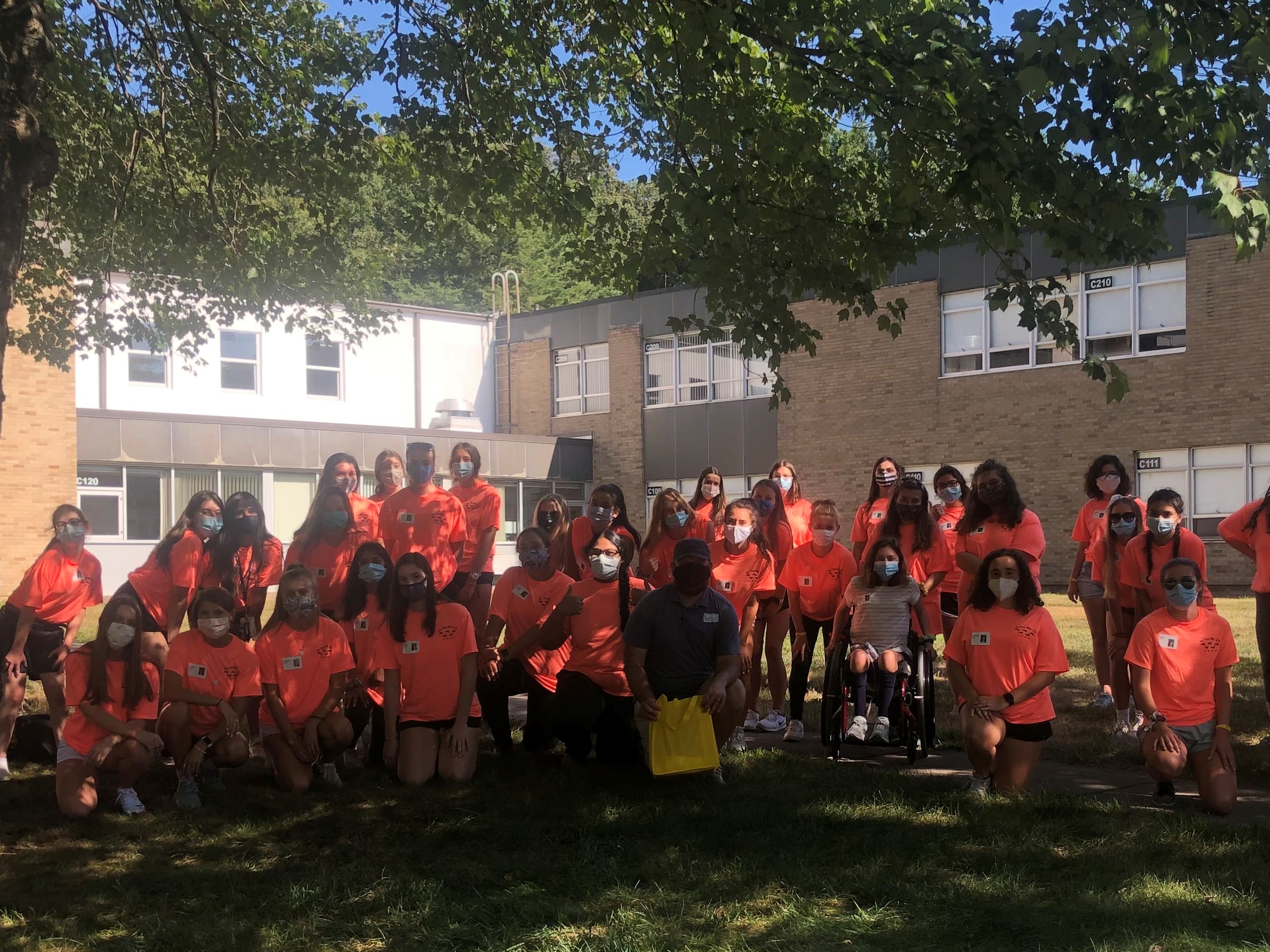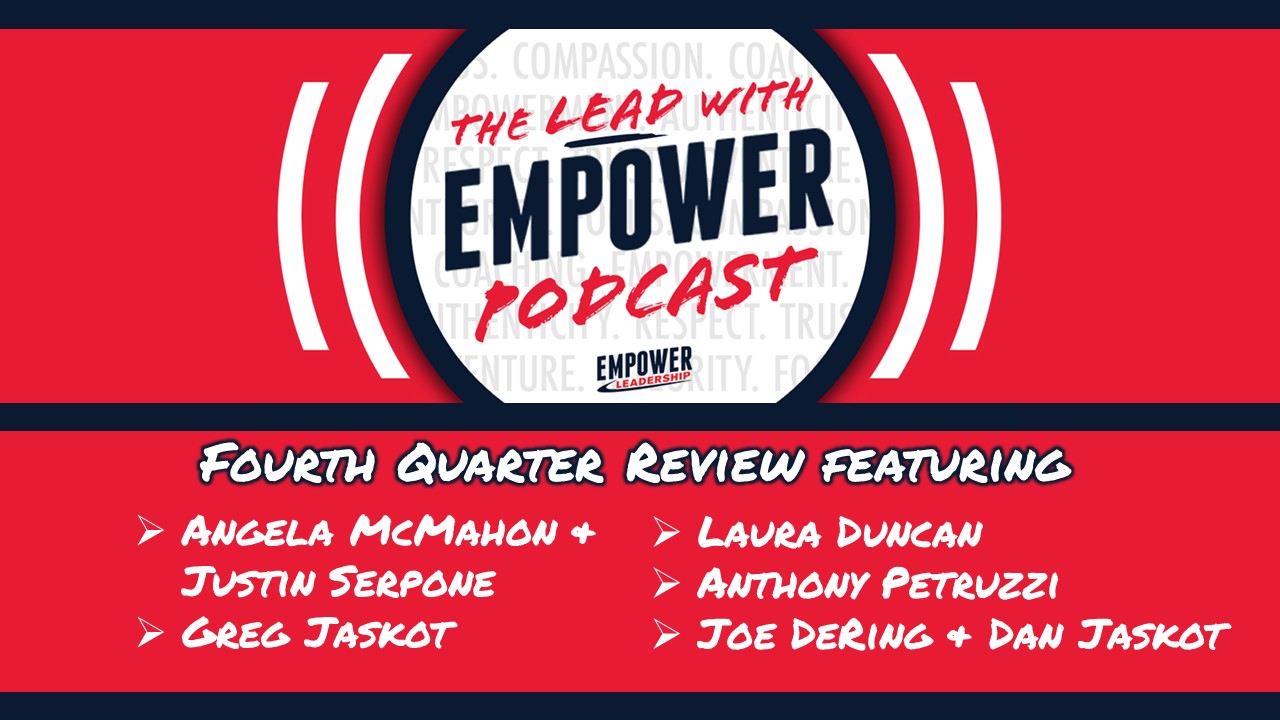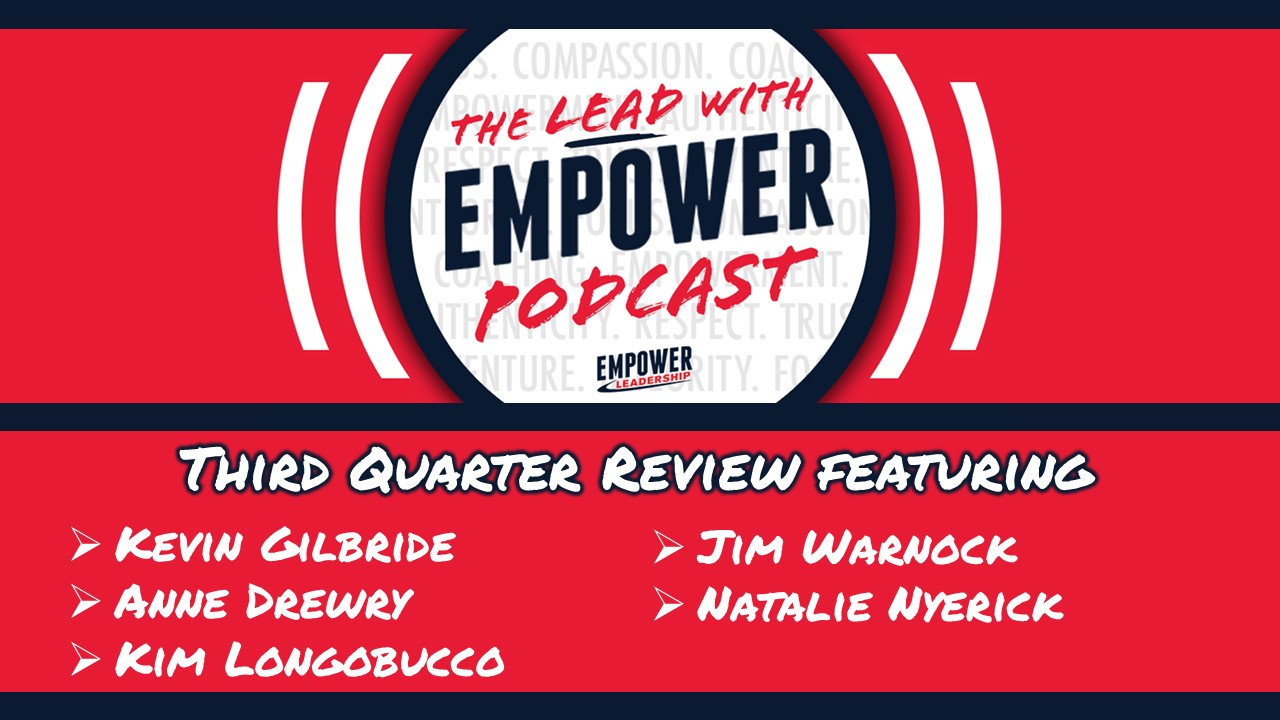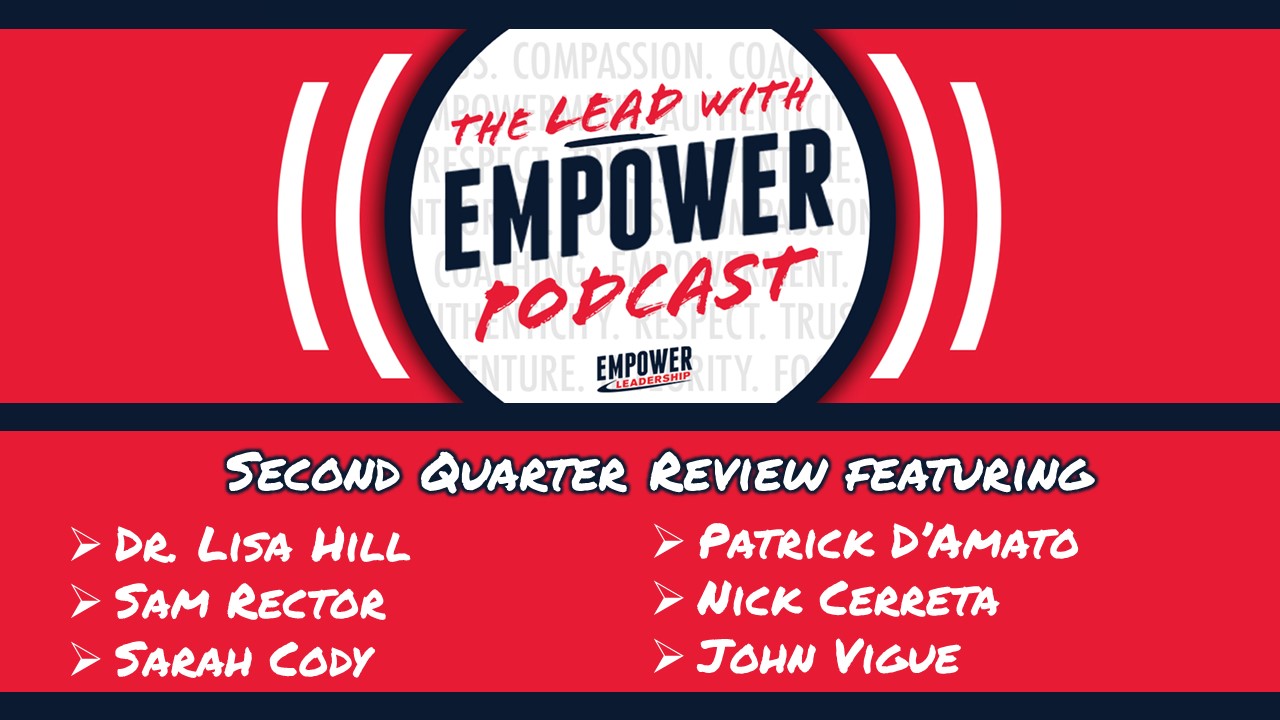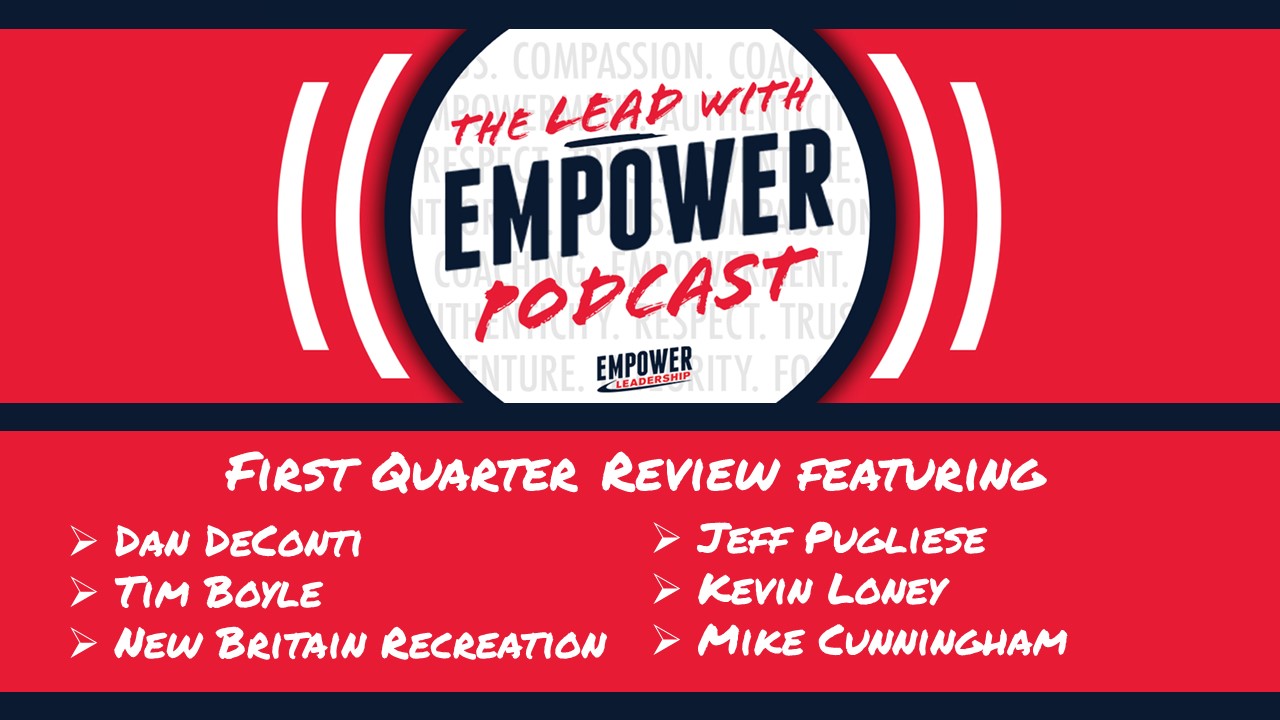Making Moves in 2021
We all know that this year has been full of its share of challenges – in all aspects of our lives. When it comes to leadership of self, 2020 has provided several opportunities for each of us to make the choice to change our habits. With new obstacles, come new solutions and creative thinking processes. It gives us the opportunity to step back and evaluate how we’re choosing to lead ourselves. Now we ask the question, how do we improve in 2021?
Healthline reports that it takes anywhere from 18 to 254 days to form a new habit, with an average of 66 days for that habit to become an automatic part of your routine. Making the choice, and the commitment, to form a new habit not only takes grit, it also takes time. Creating a plan for success over the time it takes to form a new habit is an integral part of the process.
Identifying the WHY
A huge part of driving success with new initiatives, including new habits, is clearly and specifically defining the “why.” By creating a detailed outline for WHY you’re doing what you’ve set out to do, you can always refer back to the reason for your decisions.
For instance, say you want to be more active. If you take the desire behind it and break down the individual parts instead of the simple statement “I want to be more active,” you’ll find more meaningful tidbits that can keep your motivation higher. See the example below:
I want to be more active.
- I want my body to be in [better shape] so that I have [more endurance] to [play with my kids.]
- This statement breaks down some very specific pieces of the why
- It’s not just about being more active for this person, it’s about being in better shape and having more endurance. It also is for a great reason – to be able to play more/better with their children.
- I want to feel more confident in my body
- Intrinsic benefits are just as important as any other reason for wanting to achieve some new goal. Confidence is one of those intrinsic feelings that can be driven through outward actions and focus.
- I want to improve some of my medical issues in an attempt to live a happier life.
- Sometimes, things are necessary for true health. Something like adopting an active lifestyle can help with a variety of ailments, both physically and mentally.
- When I make a commitment to being active, it makes me happier and it also makes me feel better.
- Acknowledging that a broken habit (or a new one) actually provides a happier day-to-day experience can help drive motivation.
- For new habits, knowing that you may not feel it right away, but in the long-term likely will feel its impacts, will help provide another reason to stick with it.
Setting the Goals
We’re all familiar with SMART – Specific, Measurable, Attainable, Relevant, Time-based – goals. We take it a step further with SChMART goals. The more detailed you can be with your goal will help determine your plan. We’ll continue with the goal of being more active.
- Specific: I want to include a healthy exercise and activity routine with a mixture of focused exercise and active recreation to drive a more active lifestyle.
- Challenging: Creating new habits or setting goals to change your life should be challenging. If a goal/habit change is easy, it’s not necessarily providing growth as much as something that gets you out of your comfort zone.
- Measurable: I will include a minimum of three days of focused exercise per week and a minimum of one active recreation activity per week.
- Attainable: Based on my current schedule and weekly obligations, I can attain this goal through smart scheduling and conscious effort of how I allocate my recreational time.
- Relevant: As outlined in the WHY, there are several reasons why I have set this goal. I will keep these reasons in mind as I face obstacles, challenges, and potential threats to my motivation in the coming weeks.
- Time-Based: I will track my progress on a weekly basis, as well as evaluate after 6-weeks, 3-months, 6-months, 9-months, and one year.
Creating and Executing the Plan
First and foremost, the plan is meant to hold you accountable. Only you can determine what makes you successful, what keeps you motivated, and what keeps you on track. Below are some ideas of strategies and tactics that you can combine to help you meet your goals.
- Use a tracking system.
- Whether it’s a planner, a daily checklist, a whiteboard, a goal tracking sheet or your own devised system; tracking your progress on a daily basis will ensure that you are keeping your progress in line and holding yourself accountable.
- Maintain your tracking system on a daily basis. Even if you didn’t have something for that new habit on that day, make a note that relates to your overall success.
- If it makes sense for you, leverage a timeline or set schedule.
- By setting physical deadlines on a calendar, you provide yourself the framework for when you need to get things done by. Without a set date or schedule, it’s easy to make excuses.
- Attaching dates to your desired accomplishments allows you to specifically measure your goals and track your progress over time.
- Create (and celebrate) mini-goals along the way.
- Whether it be a daily mini-goal, a weekly mini goal, a monthly mini goal, or achievement-based mini-goals; these small successes help contribute to your overall success.
- Taking a moment to celebrate the achievements of these mini-goals allows you to acknowledge and honor your progress. No matter how big or small, any steps forward are in the right direction. Ultimately, nothing changes if you change nothing, so by taking the time to appreciate your effort is important in understanding the growth as it happens.
- Identify potential obstacles and weaknesses that may interfere with your ability to stick to your plan.
- Sometimes, there will be parts of everyday life that could potentially interfere with your specific goals. Whether it’s family/kids, work, or a rough & busy day; these things will come up. Don’t let these days drag you down!
- Trying to find creative solutions in advance for anticipated obstacles or challenges will set you up for maximum success.
- Be aware that unidentified obstacles will also arise, and plan to face them head on instead of letting them defeat you.
- Select your tools for success.
- With an endless amount of resources on the internet, or some of the resources we’ve provided in our 2021 Goals worksheet printables, find the tools that will help you be successful.
- Our smart devices, like phones and watches, can help provide support in your journey as well. Take technology and use it to your advantage!
Free Habit and Goal Setting Worksheets
You can access our free planning worksheets via Google Drive or as a PDF download. If you choose to leverage our digital worksheets and you’d like to edit them, just copy the document to your own Google Drive and edit for your own use!
Put it into action!
Now, it’s time to take these ideas and goals and put them to paper! By writing your new habits or goals down, as well as the action plan to be successful in them, you’ll be able to visualize the road to the finish better. We’ll be checking back in February to see how you’ve progressed and share a bit about the progress some of the Empower Leadership team members have made on their goals!





